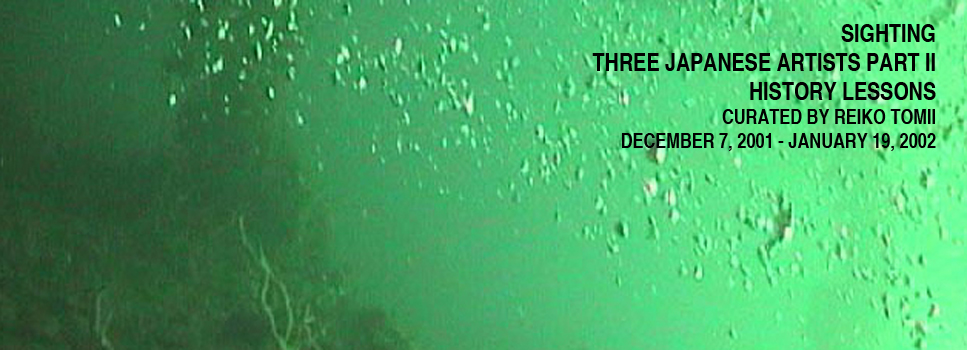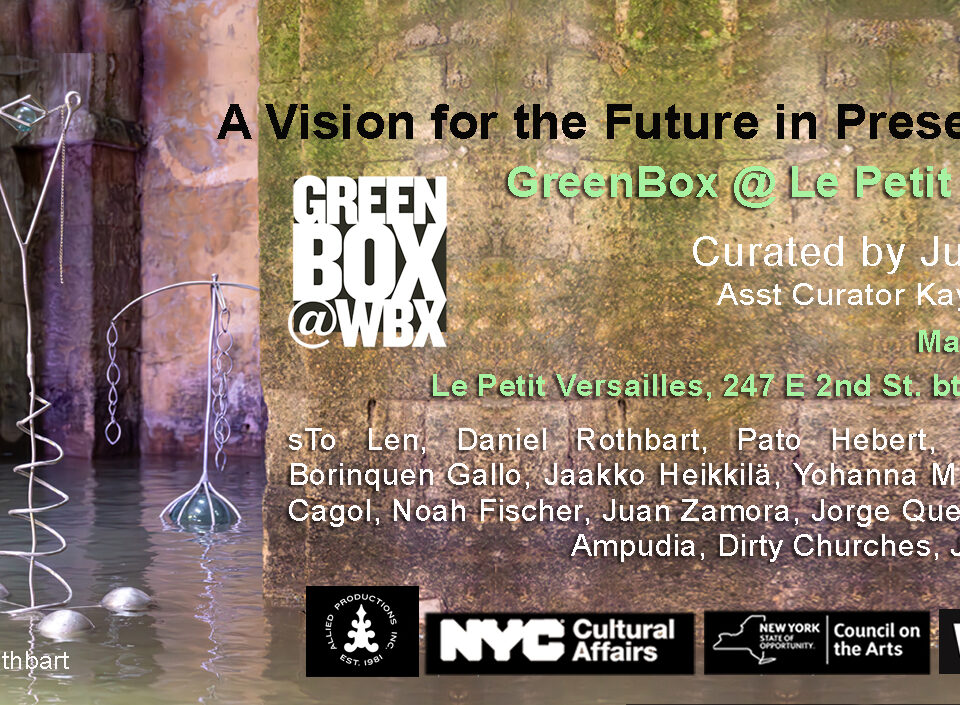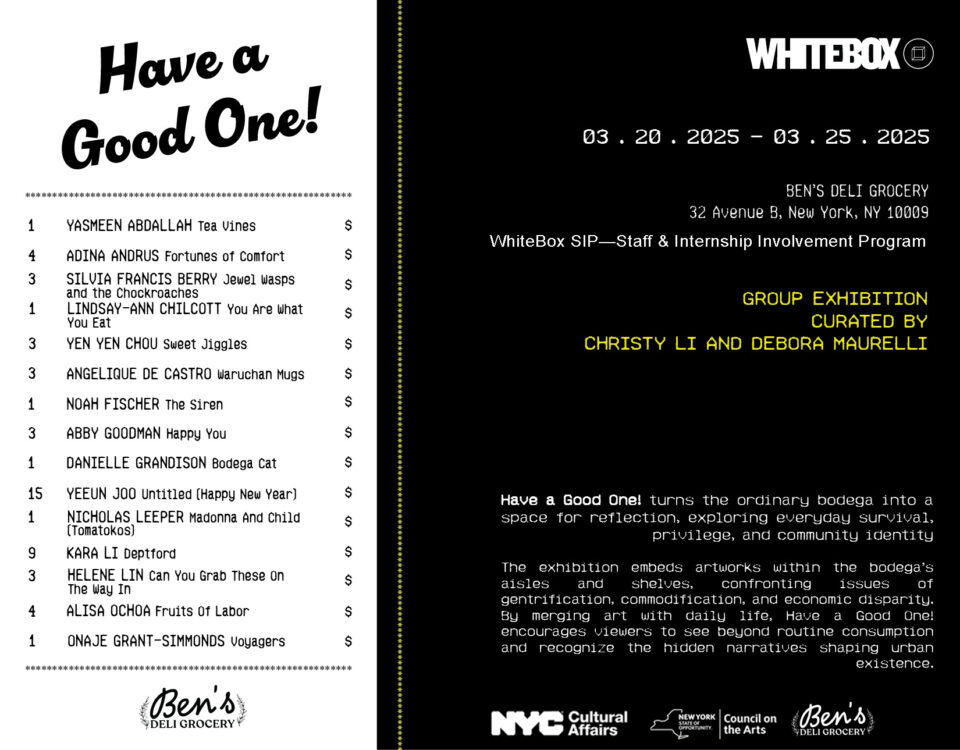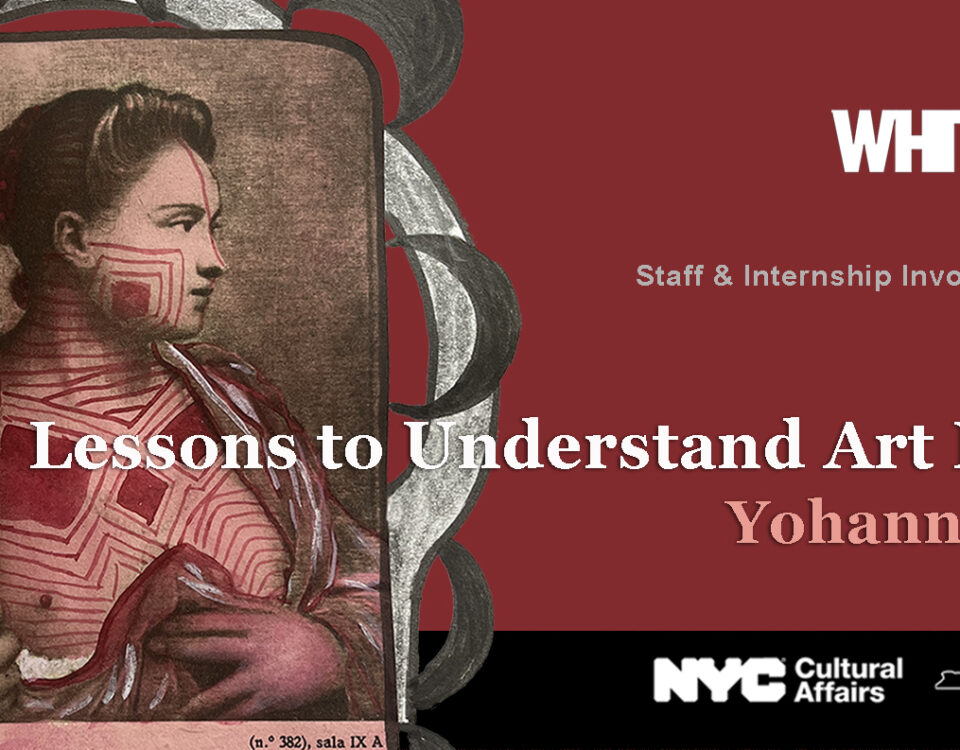SIGHTING THREE JAPANESE ARTISTS PART I: PINK
November 1, 2001OXYGEN
February 8, 2002SIGHTING THREE JAPANESE ARTISTS PART II HISTORY LESSONS CURATED BY REIKO TOMII DECEMBER 7, 2001 – JANUARY 19, 2002
The exhibition series “Sighting: Three Japanese Artists” at White Box consists of two parts: Part 1: “Pink”, a solo presentation of Emiko Kasahara, followed by Part 2: “History Lessons”, featuring Naoyoshi Hikosaka and Yukinori Yanagi.
The series introduces recent works by these artists, who combine conceptualist strategies with distinct aesthetic styles, who share an intent gaze on sites, or issues that draw little attention in our everyday life.
The second part, “History Lessons”, includes Hikosaka’s neon “population graph” which tells devastating stories of Hiroshima and Nagasaki through the statistical abstraction and his partly fictional “autobiography” (1999 – 2001); and Yanagi’s video, photographs, and works on paper, based on Akitsushima, a sunken warship in the Philippines sea, which he personally scuba-dived and documented (2000 – 01).
After the September 11 attack, as current events unfold as an instant history with 24/7 media coverage, “history” is a topic more relevant than ever. Not quite coincidentally, “History Lessons” opens on December 7, 2001—the 60th anniversary of the Japanese attack on Pearl Harbor, which actually guides us to a small yet intriguing fact. Because of the International Date Line that separates Japan from Hawaii and the continental US, the infamous attack took place on both December 7 (American time) and December 8 (Japanese time)—and is accordingly remembered in respective countries. Is it a Rashomon effect? Perhaps. But, then, history is always shaped by numerous stories that are recounted from differing, sometimes conflicting, perspectives. Even the name of a war could be different from country to country. What is remembered primarily as World War II here has been called varyingly in Japan: the Pacific War, Fifteen Year War, Great Eastern Asia War, etc.
During “History Lessons”, a short timeline will be displayed on White Box’s window facing the streets, as a synopsis of this exhibition that presents stories of Japan’s defeat as reflected by Hikosaka and Yanagi, both part of the postwar generations.
9.18.1931 Fifteen Year War begins
(12.7.1941 Pearl Harbor attacked)*
*12.8.1941 Attack on Pearl Harbor
9.24.1944 Akitsushima sunk in Philippine Sea
8.6.1945 A-bomb dropped on Hiroshima
8.9.1945 A-bomb dropped on Nagasaki
8.15.1945 Japan defeated
Naoyoshi Hikosaka, who belongs to the generation involved in the worldwide student movement of 1968, is a founding member of the legendary group Bikyoto (Artists Joint-Struggle Committee), which staunchly critiqued the institutions of art. Best known for his radical Floor Event series (1970 – 75), he subsequently reformulated his conceptualist practices into the innovative Practice by Wood Painting in the mid-1970s. His recent “population graphs” in various media provides a platform to explore multifaceted meanings of modernity in Japan. In Population of Hiroshima and Nagasaki over the Past 110 Years (2000/2001), not only the explosion of the A-bombs in the two cities are graphically represented, but this historical fact is put in the context of the industrialization and urbanization of Japan. By giving a larger picture of the history, the artist implies that we have to look again critically at what (we think) we have as common historical knowledge.
After having studied in the US in 1988 – 90, Yukinori Yanagi gained international recognition with his The World Flag Ant Farm (1990), an emblem of transnationality in the post – Cold War world. While exploring the issue of nationality, using such politically-charged iconographies as the emperor and the postwar Constitution, he added a new theme in 1997 when he produced Pacific K100B, based on a Japanese battleship sunk during World War II. From 1998 his interest in the war’s memory hidden away in the sea evolved into a more ambitious project that involved two warships, Akitsushima and Irako, both now sunken in the sea of the Philippines. (“Akitsushima” is an ancient word for “Japan.”) Although the meaning of these rather beautiful sights are kept ambiguous to retain the possibility of multifaceted interpretations, his works certainly operate as a memory trigger, so to speak, that prompts people to reflect on Japan’s history.
This exhibition is partially supported by:
The Peter Norton Family Foundation
The Japan Foundation
Alexandra Munroe
In-kind contribution by:
Matt Dilling / Lite Brite Neon Studio
Tecnolux
Digital Colors, Inc. + Suraj Hansraj




